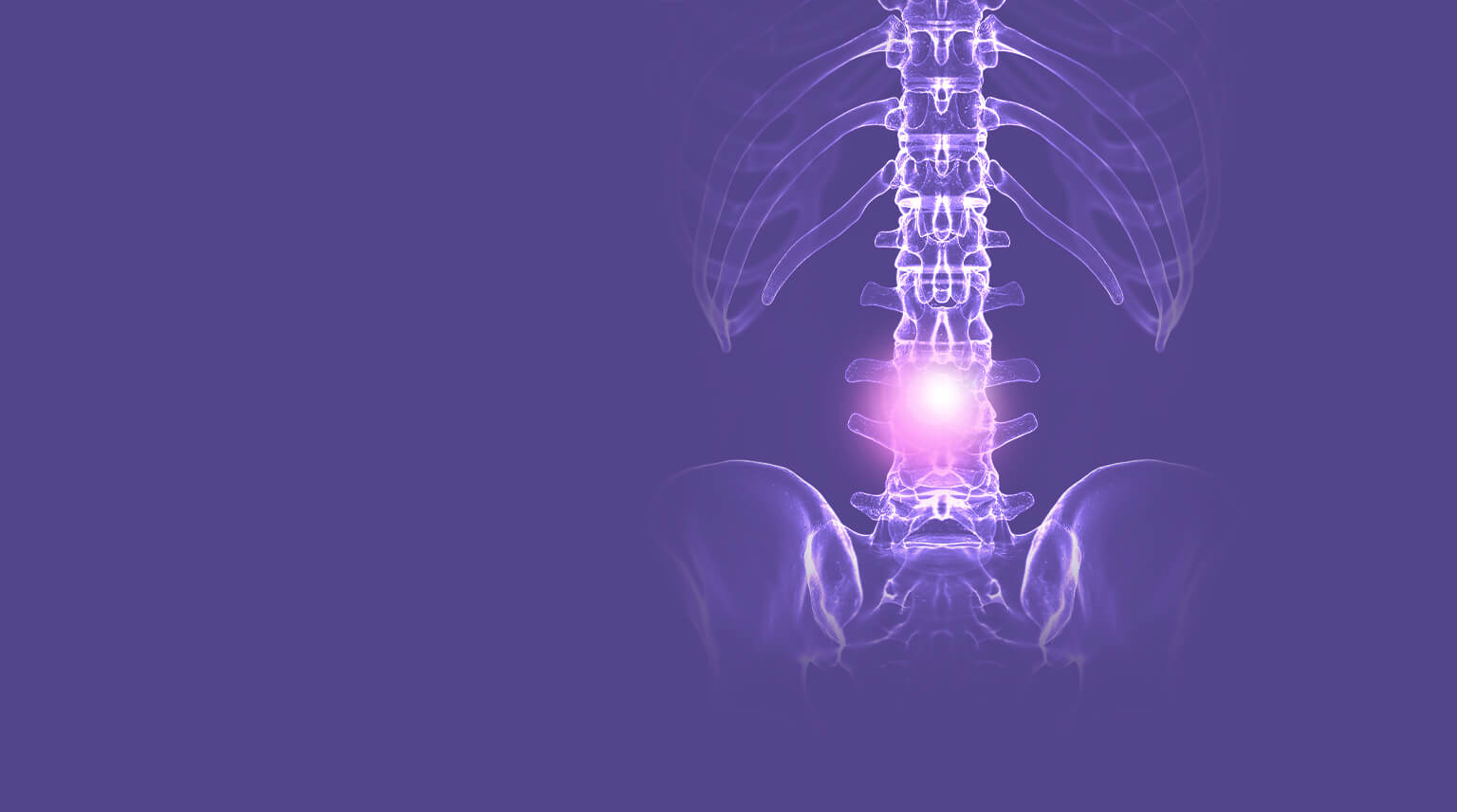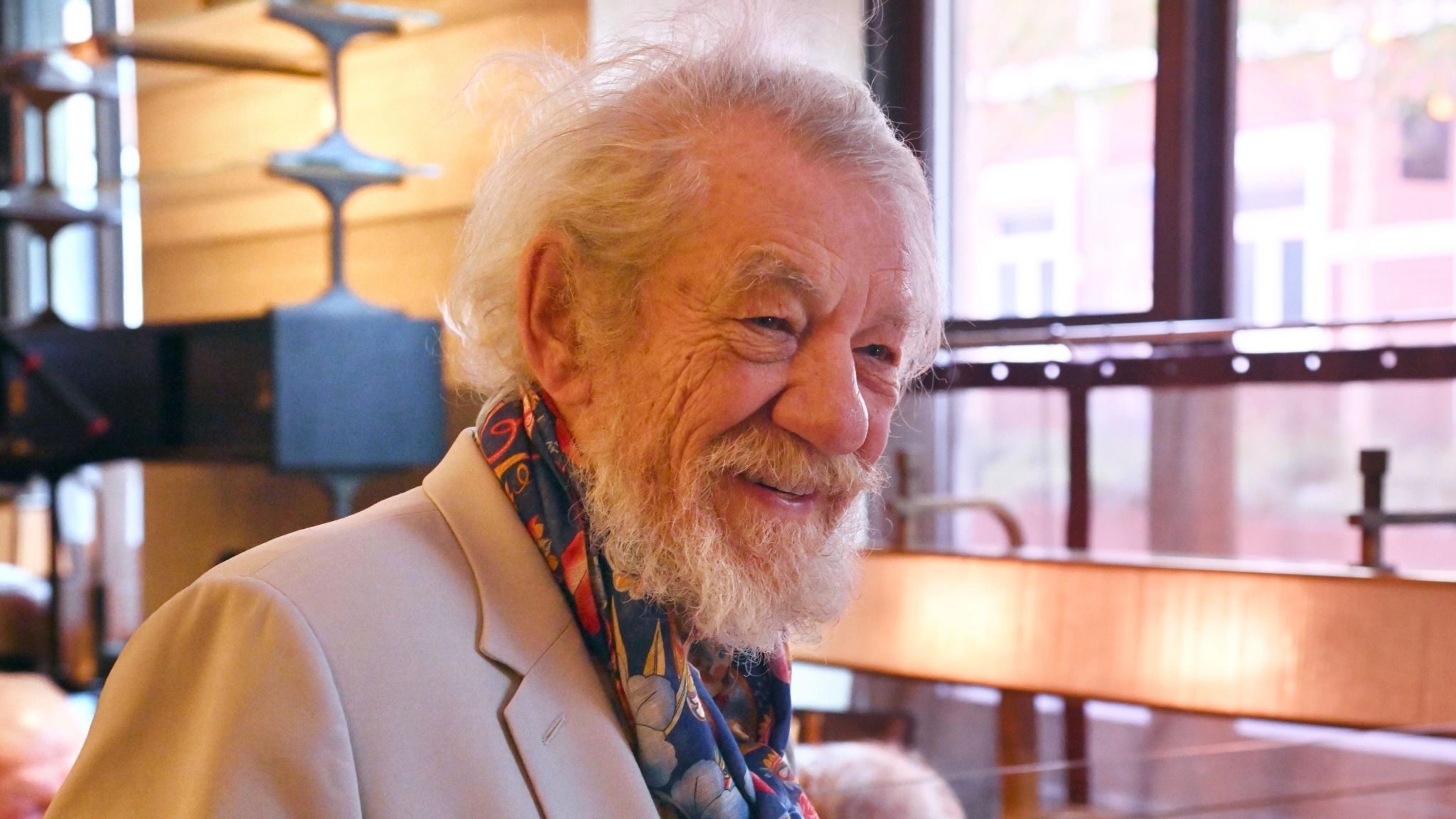
What is Chordoma? Chordoma is a rare, malignant bone tumor that primarily affects the spine and the base of the skull. Originating from remnants of the notochord, a structure present during embryonic development, this tumor can cause significant health issues. Affecting about 1 in 1 million people annually, chordoma often presents in individuals in their 50s and 60s, though it can occur at any age. Symptoms vary based on the tumor's location, with headaches and double vision common for skull base tumors, and pain or urinary issues for those near the tailbone. Understanding chordoma's causes, symptoms, and treatment options is crucial for managing this challenging condition.
Key Takeaways:
- Chordoma is a rare cancer that forms in the spine and skull. It can cause headaches, pain, and urinary issues. Early detection and treatment are crucial for better outcomes.
- Genetic factors play a significant role in chordoma development. Experimental therapies and support resources offer hope for better treatment and management.
What is Chordoma?
Chordoma is a rare type of cancer that forms in the bones of the spine and the base of the skull. It originates from remnants of the notochord, a structure present during embryonic development.
- Chordoma is a rare malignant bone tumor that develops in the bones of the skull and spine.
- It arises from remnants of the notochord, a flexible, rod-like structure in embryos.
- Chordoma is diagnosed in approximately 1 in 1 million people each year.
Types of Chordoma
Chordomas can occur in different parts of the body, primarily affecting the spine and skull base. Each type has unique characteristics and symptoms.
- Clival Chordoma: Occurs at the base of the skull.
- Sacrococcygeal Chordoma: Found at the tailbone.
- Skull Base Chordoma: Develops at the base of the skull.
- Spinal Chordoma: Appears along the spine.
Symptoms of Chordoma
Symptoms vary depending on the tumor's location. They can affect daily life and may lead to severe complications if untreated.
- Headaches and Double Vision: Common if the tumor is at the base of the skull.
- Pain Down the Legs and Urinary Issues: Typical for tumors near the tailbone.
Who Gets Chordoma?
Chordoma can affect anyone, but certain factors make some individuals more susceptible. Understanding these can help in early detection and treatment.
- Most people are diagnosed in their 50s and 60s, but it can occur at any age.
- Pediatric cases account for about 5% of all diagnoses.
- Chordomas affect males more often than females, with a male-to-female ratio of approximately 2:1.
- Skull base tumors have an equal gender distribution.
- Chordomas are more common in individuals of European ancestry.
Genetic Factors and Chordoma
Genetics play a significant role in the development of chordoma. Some cases are linked to specific genetic mutations.
- A single-letter variation in the brachyury gene (TBXT) increases the risk of developing chordoma.
- Rare cases of familial chordoma exist, indicating a strong genetic predisposition.
- Chordomas have been reported at a higher incidence in children with Tuberous Sclerosis Complex (TSC).
Diagnosing Chordoma
Accurate diagnosis is crucial for effective treatment. Various imaging techniques and biopsies are used to identify chordoma.
- Diagnosis is based on characteristic radiologic and pathologic findings.
- Imaging techniques such as CT scans and MRI are used to detect the tumor.
- A core needle or incisional biopsy is necessary to confirm the diagnosis.
- MRI uses magnetic fields and radio waves to produce cross-sectional images.
- CT scanning uses x-rays to create cross-sectional images.
Treatment Options for Chordoma
Treating chordoma involves a combination of surgery and radiation therapy. New experimental therapies are also being explored.
- Surgical removal of the tumor is the primary treatment.
- Radiation therapy may be used after surgery or alone if surgery is not possible.
- Chordomas are generally resistant to chemotherapy.
- Complete removal of the tumor can be challenging due to its location near critical structures.
- Chordomas can recur, often in the same place as the first tumor.
- In about 30-40% of cases, chordomas can metastasize to other parts of the body.
Experimental and Emerging Therapies
Researchers are constantly looking for new ways to treat chordoma. Experimental therapies offer hope for better outcomes.
- Researchers are studying experimental therapies such as targeted therapy and immunotherapy.
- Immunotherapy uses the body's immune system to fight the disease.
- Targeted therapy involves using drugs that specifically target the molecular mechanisms involved in chordoma development.
Prognosis and Survival Rates
The prognosis for chordoma varies based on several factors. Understanding these can help manage expectations and treatment plans.
- The average survival rate is around 10 years after diagnosis.
- Complete cures are possible in some cases, but recurrence is common.
- Pediatric chordomas account for about 5% of all diagnoses.
- Females are diagnosed slightly more often than males in childhood.
- Males are more commonly diagnosed as adults.
Support and Resources
Support from organizations and communities can make a significant difference for those affected by chordoma.
- The Chordoma Foundation provides resources for patients and families.
- They offer a free and confidential patient navigation service.
- The Chordoma Foundation maintains a private online community called Chordoma Connections.
Genetic Research and Studies
Ongoing research aims to uncover more about the genetic factors associated with chordoma. This can lead to better prevention and treatment strategies.
- The National Cancer Institute is conducting a genetics study to identify additional hereditary causes of chordoma.
- Chordomas have been reported at a higher incidence in children with Tuberous Sclerosis Complex (TSC).
- Children with TSC are at a higher risk of developing chordoma.
Challenges in Treatment
Treating chordoma is complex due to its location and resistance to certain therapies. Understanding these challenges is crucial for effective management.
- Treating chordoma in TSC patients is challenging due to their underlying genetic condition.
- Surgery for chordoma can be complicated due to the tumor's location near critical structures.
- Chordomas are generally resistant to radiation therapy as a primary treatment.
- Radiation therapy may be used after surgery to reduce the risk of recurrence.
Importance of Early Detection
Early detection can significantly improve treatment outcomes. Regular monitoring and awareness of symptoms are key.
- Diagnosing chordoma can be challenging due to its slow-growing nature and nonspecific symptoms.
- Imaging techniques like MRI and CT scans are essential for detecting the tumor.
- A biopsy is necessary to confirm the diagnosis.
- Treatment often involves a team of specialists, including neurosurgeons, radiation oncologists, and medical oncologists.
Final Thoughts on Chordoma
Chordoma, a rare malignant bone tumor, primarily affects the spine and skull base. Its symptoms vary based on location, causing headaches, double vision, or pain down the legs. Diagnosed mostly in people in their 50s and 60s, chordoma can be challenging to treat due to its proximity to critical structures. Surgery is the primary treatment, often followed by radiation therapy, though the tumor's resistance to radiation and chemotherapy complicates matters. Recurrence and metastasis are common, making long-term follow-up essential. Genetic factors, such as variations in the TBXT gene, play a role in its development. Organizations like the Chordoma Foundation provide valuable resources and support for those affected. Understanding chordoma's complexities helps in managing this rare disease, offering hope for better treatment options and outcomes in the future.
Frequently Asked Questions
Was this page helpful?
Our commitment to delivering trustworthy and engaging content is at the heart of what we do. Each fact on our site is contributed by real users like you, bringing a wealth of diverse insights and information. To ensure the highest standards of accuracy and reliability, our dedicated editors meticulously review each submission. This process guarantees that the facts we share are not only fascinating but also credible. Trust in our commitment to quality and authenticity as you explore and learn with us.


